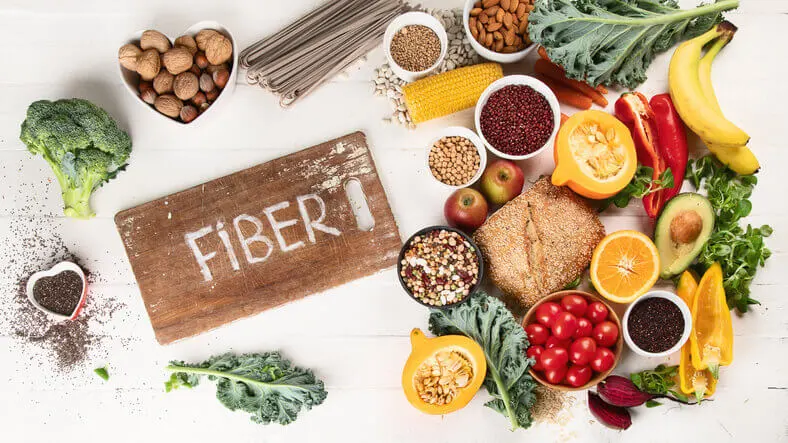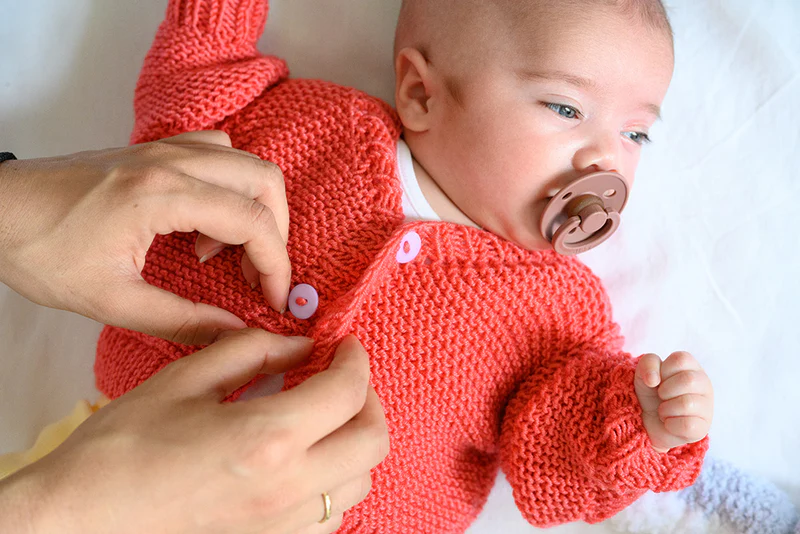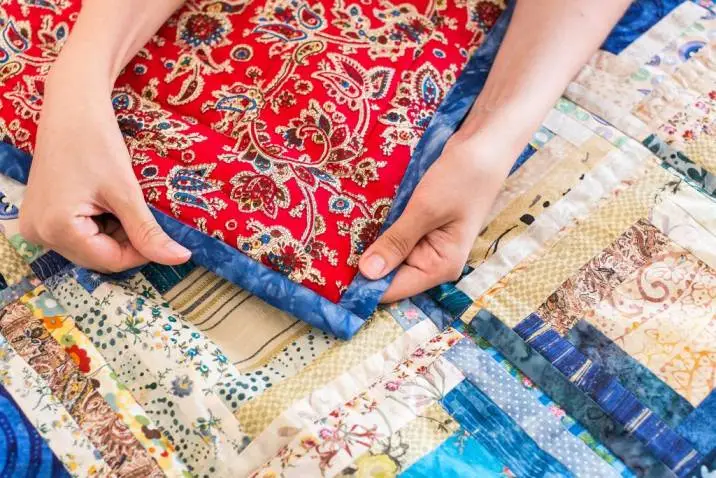The historical backdrop of Halloween Famous Symbols And/Or Icons Which Represent The Holiday and ages. It has formed into the celebration we know today through various impacts, having its underlying foundations in old Celtic traditions. Halloween's set of experiences, from its Samhain beginnings to contemporary celebrations, joins authentic events with social changes. From that point forward, a ton of Halloween symbolism and images have surfaced in contemporary culture, meshing profoundly into writing and showing up in ordinary conversation subjects.
Read Also: The Art of Non-Denominational Holiday Decorations
The Role of Symbols in Halloween Festivities

The Celtic occasion of Samhain, which was seen around a long time back in what is presently northern France, the Unified Realm, and Ireland, is where Halloween started out. During Samhain, which was believed to be a period when the line between the living and the dead turned out to be less unmistakable, the collect season reached a conclusion and winter started.
In order to fend off ghosts, the Celts celebrated Samhain with animal sacrifices, bonfires, and costumes. Roman celebrations like Feralia and Pomona blended with Celtic customs as the Roman Empire expanded. Pope Gregory III moved All Saints' Day to November 1 in the eighth century to coincide with Samhain, bringing about even further alterations with the arrival of Christianity. The preceding evening was reduced to All Hallows' Eve and then to Halloween.
The importance of Halloween images is well established ever. The American custom of cutting pumpkins began from turnip lamps, which were cut to avoid phantoms. The starting points of "going house to house asking for candy" can be followed back to the middle age custom of "souling," in which the ruined would appeal to God for the dead in return for food.
5 Famous Halloween Icons and Their Origins
1. A pumpkin for Halloween
The most traditional Halloween emblem is most likely a carved pumpkin. In order to ward off bad spirits, the Celts in ancient Ireland cut turnips and placed an ember inside of them. In other nations, everyone shifted to pumpkins even though Ireland didn't!
2. Symbols of Witches
Another famous Halloween emblem is the recognizable silhouette of a witch set against a full moon backdrop. A witch is typically shown with a long broomstick, a hooked nose, and a pointed cap. However, why are witches associated with Halloween?
Must Read: 6 Sustainable-Yet-Beautiful Eco-Friendly Gift Wrapping Ideas
3. Species
Ghosts are the ghosts of deceased individuals who haunt the realm of the living because they were not able to enter either Heaven or Hell. People think that ghosts actively seek to escape because Halloween is a time when the realms of life and death are least distinct.
4. Spiders for Halloween

Spiders were a representation of enchantment and mystery in antiquity. They were regarded as weavers of fate who could foretell death due to their innate capacity to spin webs. In what ways did spiders come to Halloween Famous Symbols And/Or Icons Which Represent The Holiday?
5. Skulls and Skeletons
The worlds of life and death are least distinct on Halloween, as we have already mentioned. People therefore consider their mortality on a regular basis. Additionally, skeletons and skulls are the best Halloween symbols for representing death. They serve as a reminder of what is ahead.
Important Halloween Symbols
- Jack-o'- lights are conspicuous Halloween beautifications that have their foundations in the Irish legend of "Miserly Jack." Since pumpkins were more straightforward to get than turnips, Irish migrants in America started cutting them all things being equal. Cutting pumpkins is a typical family and local area hobby nowadays.
- Apparitions: During Samhain, phantoms represented the old-fashioned thought that spirits might meander among the living. They presently show up in ensembles, improvements, and tormented attractions, adding to the creepy environment of Halloween.
- Witches: Known for their cauldrons, broomsticks, and pointed caps, witches are significant Halloween characters. The picture of the witch, once dreaded and oppressed, has turned into a startling and eccentric Halloween pillar.
Read Also: Upcycled Plastic Bottle Pinecone Hedgehog Decor
Halloween's Cultural Influences

Over the ages, Halloween has been changed and influenced by numerous developments. From October 31 to November 2, Mexico observes Día de los Muertos, an occasion that recalls left friends and family with special raised areas, marigold blossoms, and contributions. Albeit not equivalent to Halloween, Halloween style and design have been affected by viewpoints like sugar skulls and lively outfits.
All Holy people's Day and All Spirits' Day are seen in European countries like Spain and Italy, with an emphasis on memory through flame vigils, community gatherings, and graveyard visits. These traditions consolidate regard with the pleasant components of Halloween, all based on speaking with phantoms of the past.
FAQs
How did Halloween come to be?
Something like quite a while back, the old Celtic occasion of Samhain filled in as the motivation for Halloween. As the reap reached a conclusion and winter showed up, it was felt that the line isolating the living from the dead was at its most slender.
What role do ghosts play in Halloween celebrations?
The middle age custom of "souling," in which the ruined would argue for food as a trade-off for petitions for the departed, led to "going house to house asking for candy." Giving kids candy from neighbors turned into a typical Halloween custom over the course of time.
What makes witches a part of Halloween?
The old thought that spirits could wander among the living at Samhain is represented by apparitions. Nowadays, spooky attractions, ensembles, and Halloween style all component phantoms.
What makes witches a piece of Halloween?
As a result of their verifiable association with the paranormal, witches — who convey cauldrons, broomsticks, and pointed caps — became symbolic of Halloween. Once feared, they are currently a staple of Halloween Famous Symbols And/Or Icons Which Represent The Holiday.
How did bats come to represent Halloween?
Bats are nighttime creatures that are often connected with secret and dimness, which makes them ideal Halloween symbols. Their ghostly relationship is additionally established by their associations with vampire legend.
In hat ways has Halloween evolved?
Halloween is turning into a more mainstream, neighborhood-based celebration as opposed to an odd occasion fixated on phantoms and the hereafter. With an accentuation on tomfoolery, outfits, and gatherings, it presently joins verifiable, social, and business subjects.
Which Halloween symbols are the most well-known?
The most notable Halloween symbols incorporate bats, witches, phantoms, and jack-o'- lamps. Each has solid social and verifiable starting points, which add to the occasion's frightening and euphoric air.
















